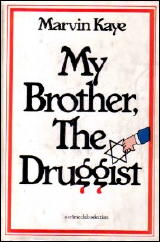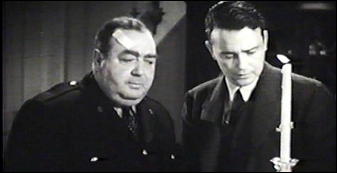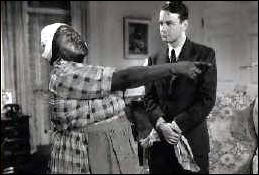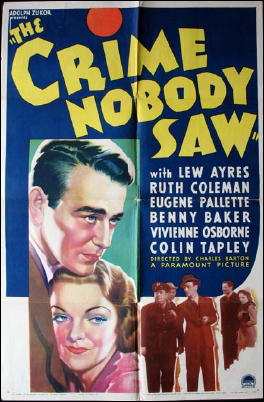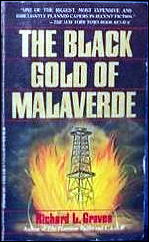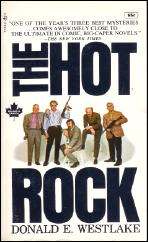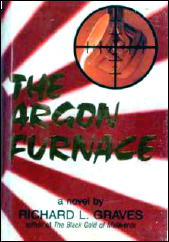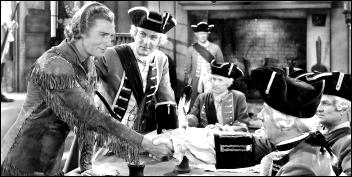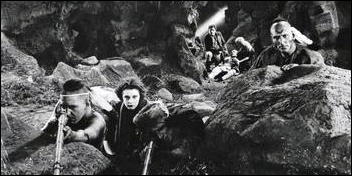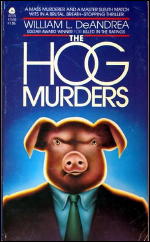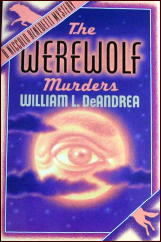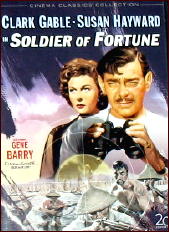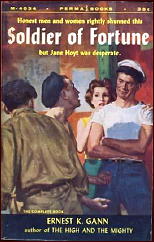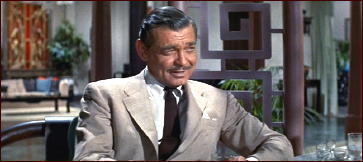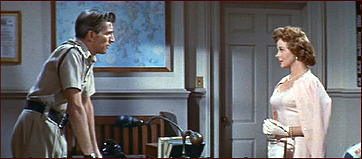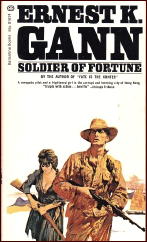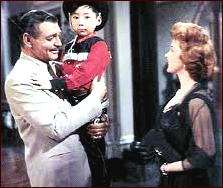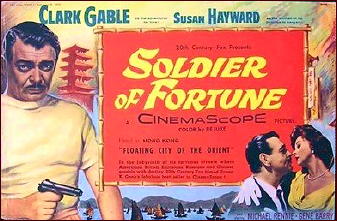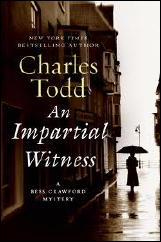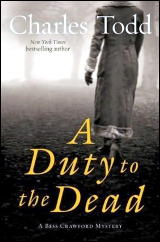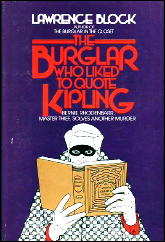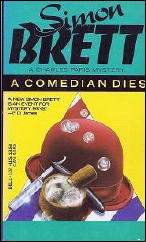SOPHISTICATED MURDER?
TWO NOVELS BY ANTHONY BERKELEY
by Curt J. Evans
Anthony Berkeley Cox tends to be mostly remembered for the first two of his “sophisticated,” psychological “Francis Iles” novels, Malice Aforethought (1931) and Before the Fact (1932).
As for the more numerous crime novels Cox wrote under the name “Anthony Berkeley,” the great standouts traditionally have been The Poisoned Chocolates Case, a stunt story much praised by Julian Symons and others, and the clever criminal and judicial extravaganza Trial and Error (1937), in my opinion Cox’s magnum opus.
Little of the rest of Cox’s output gets much notice, though in my view some of it, particularly Top Storey Murder (1931), Jumping Jenny (1933) and Not to be Taken (1938), is excellent. However, there also are some extreme clunkers to be found, too!
Tellingly, when House of Stratus reprinted the Anthony Berkeley books some ten years ago, it excluded The Wychford Poisoning Case. The reason surely is the rampant sexism to be found in the tale.
Cox thought of himself as an incisive psychological novelist, but the psychological insights he offers in the Berkeley books through the utterances of his surrogate, the amateur detective Roger Sheringham, can be embarrassingly puerile, when not actually revolting.
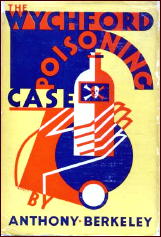
Exhibit A in my case is The Wychford Poisoning Case, which Cox, as was his wont, rather grandiosely subtitled “An Essay in Criminology.”
The plot of the novel itself is unexceptional for Cox, following as it does a common pattern in the Berkeley tales, namely Roger Getting It All Wrong. This was the puckish Cox’s way of tweaking purist fans of the classical ratiocinative detective novel. However, after you have read a few Berkeleys you come to expect a “surprise twist” — which makes the twist, when it comes, something less than a surprise.
What is really interesting about Wychford is the utterly loopy sentiments expressed in it. Roger Sheringham’s thoughts on women in Wychford suggest that, when it comes to psychiatry, Roger would have made a better patient than practitioner.
Wychford mainly seems to be about Roger’s (and the author’s) extreme antipathy toward the modern woman of the 1920s, as embodied in the tale by the flippant flapper Sheila. ( “I’m simply revelling in all this!” she shouts at one point, “It’s fun being a detective.”
At various points Roger takes time to recommend the great need for modern women like Sheila to be spanked and to fume over these brazen females being so forward as to don male garments, pajamas. But Roger absolutely takes the cake with a jaw-droppingly misogynistic soliloquy on page 124:
“Nearly all women,,,are idiots…charming idiots, delightful idiots, adorable idiots, if you like, but always idiots, and mostly damnable idiots as well; most women are potential devils, you know. They live entirely by their emotions, both in thought and deed, they are fundamentally incapable of reason and their one idea in life is to appear attractive to men.”
Well! Now you know. Send the bill to Roger Sheringham. One has to wonder what the female writer E. M. Delafield, to whom Cox dedicated Wychford, made of all this.
This telling bit about Roger, an Oxford graduate and successful novelist (sound familiar?) appears in The Silk Stocking Murders:
Roger was a firm bachelor. He knew very little about women in general, and cared less; his heroines were the weakest part of his books.
Cox himself was married twice, though neither time successfully. He also was considered the most trying member of the Detection Club (see my forthcoming pamphlet in CADS).
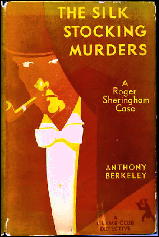
In The Silk Stocking Murders (Exhibit B), the worst victims of Roger’s lamentable psychology are Jews, notoriously subjects of scorn in between-the-wars English writing (and hardly just in detective novels).
This tale promises interest as a crime story, with its four strangling murders (of women), but its narrative is plodding compared to that of the somewhat similar The ABC Murders (by Agatha Christie) and its resolution is just plain silly, in my estimation.
One of the lead characters in the tale is a Jewish financier named Pleydell. Cox actually takes pains to make clear that Pleydell is not one of those objectionable Jewish financiers, don’t you know — though his explanation is itself problematically patronizing:
“Now that Roger could observe [Pleydell] more nearly than in the court, he saw that the Jewish blood in him was not just a strain, but filled his veins. Pleydell was evidently a pure Jew, tall, handsome and dignified as the Jews of unmixed race often are.”
The most cringeworthy moment in Silk Stocking comes when Roger and the pointedly named Anne Manners — the sympathetic (non-modern) female character in the tale — further anatomize Pleydell over tea:
“I’ve never met a Jew I liked so much before,” Anne remarked.
“The real pure-blooded Jew, like Pleydell,” Roger told her, “is one of the best fellows in the world. It’s the hybrid Jew, the Russian, Polish and German variety, that’s let the race down so badly.”
“And yet he seems as reserved and unimpassioned as an Englishman,” Anne mused. “I should have thought that the pure-blooded Jew would have retained his Oriental emotionalism almost unimpaired.”
Roger could have kissed her for the slightly pedantic way she spoke, which, after a surfeit of hostesses and modernly slangy young women, he found altogether charming.
Most modern readers will probably find Anne (and Roger) altogether less than charming here.
Thriller writers like “Sapper” often get smartly rapped over the knuckles by indignant critics for obnoxious anti-Semitic elements in their writing, but with more “sophisticated” writers like Cox this sort of thing tends to get overlooked.
The teatime duologue between Anne and Roger that Cox subjects us to in Silk Stocking is a reminder than the anti-Semitism that plagued Europe in the 1920s and 1930s (with fatal results for millions in the 1940s) was hardly confined to the knuckle-dragging elements.
But just how sophisticated was Cox, really?
I get the feeling that Cox at some level recognized flaws within himself and thus made his ego projection, Roger Sheringham, frequently fall on his face in the Berkeley tales. Yet I sensed no indication in Wychford and Silk Stocking that Cox was satirizing (or disagreeing with) Roger’s views on women and Jews.
Moreover, although Roger (and Cox) love to prate about psychology, the “psychological” solution of the four murders in Silk Stocking is labored and unconvincing, an indication that, despite all the talk, Roger and his creator are mere dabblers in the psychological arts, often shamelessly winging it when it comes to expository solutions of crimes, even when Roger actually is meant by the author to be Getting It All Right.
SPOILER
The murderer in Silk Stocking turns out to be the seemingly sympathetic Jew, Pleydell. We are told by Roger that Pleydell was mad and that the first two in his series of four murders were “pure lust-murders” but that the third was a “vengeance-murder, or a megalomania-murder, if you like” and the fourth was a “murder committed with the sole motive of increasing the strength of the case against the man he loathed.”
With this surfeit of muddled motivations on the part of one mad murderer, the brilliant clarity of Agatha Christie’s solution to a series of killings in The ABC Murders is utterly lacking in The Silk Stocking Murders.
END SPOILER
I have the uneasy feeling that in his cases — even the ones he is actually meant to solve — Roger is just talking out of his hat. Call me unsophisticated, if you like.
